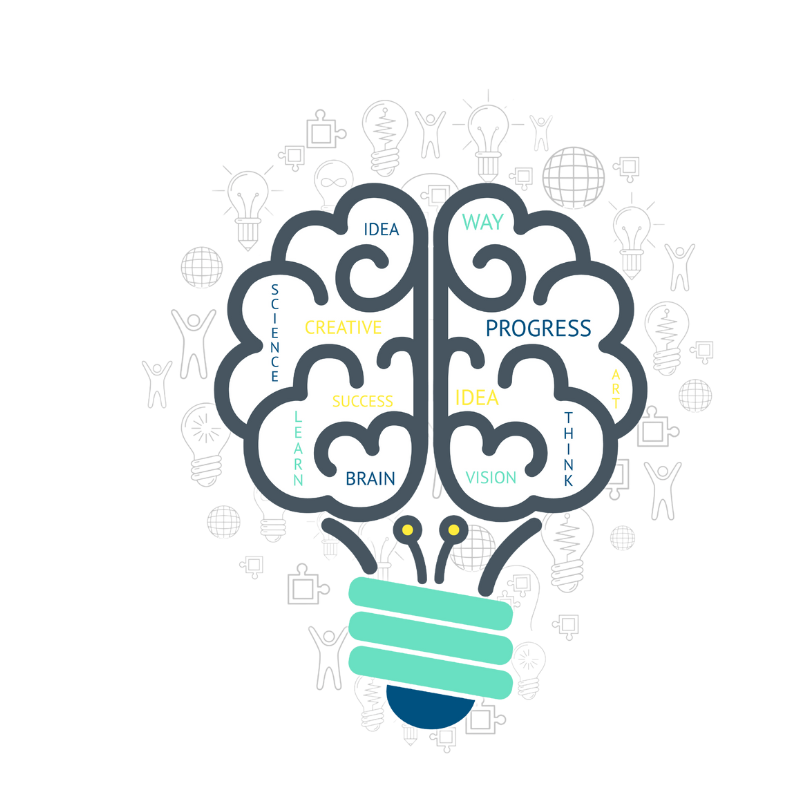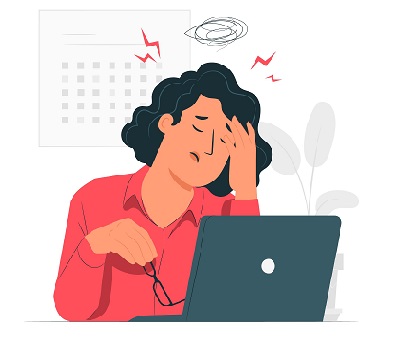- +91 97997 70270
- neuronhospital.rajkot@gmail.com
- 3rd floor, Nana Mava Rd, opposite Saurashtra Children Hospital, Near Rajnagar Chowk, Shyam Nagar, Chandreshnagar, Rajkot, Gujarat 360004
- 24/7 Opened







Get expert mental health care from the comfort of your home. NEURON hospital offers online sessions with verified psychologists, ensuring confidentiality, comfort, and quality treatment.


Get expert mental health care from the comfort of your home. NEURON hospital offers online sessions with verified psychologists, ensuring confidentiality, comfort, and quality treatment.



Psychiatrist in rajkot says that at a global level,300 million people are estimated to suffer from depression , equivalent..

As per psychology expert Schizophrenia is a severe, long-term, and debilitating brain problem that affects people.

It’s actually sad that, at your age, anxiety prevents you from enjoying life to the fullest.

The inability to go asleep or wake up from sleep for no obvious reason is known as insomnia.

Any type of discomfort in the head is referred to as a headache. Headaches can be localized,



Patient

Patient

Patient

